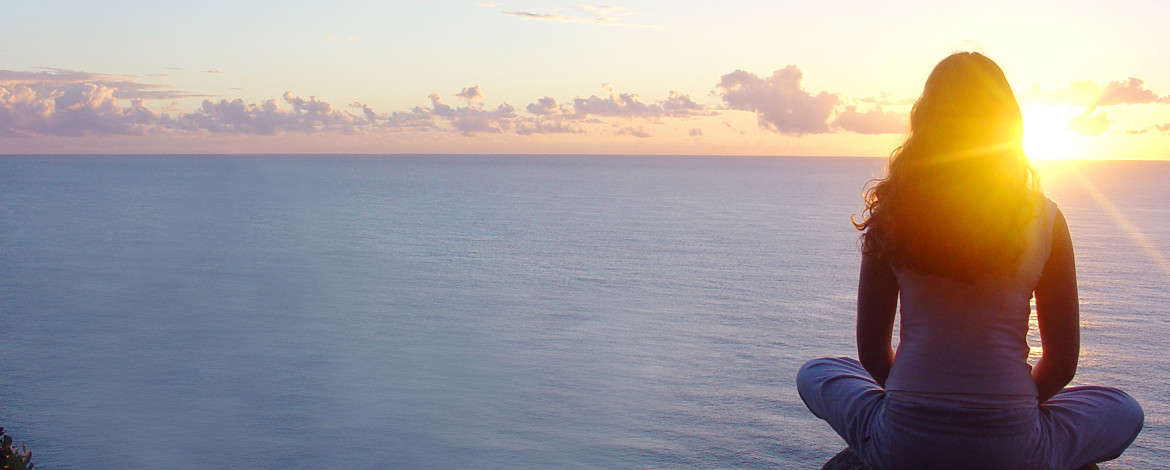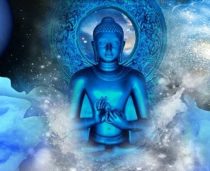The reality is that meditation is designed to familiarize you with a certain state of mind and to make that sate of mind accessible to you at all times. This is because you’re becoming familiar with a sort of a static piece of it during the time that you sit or walk or whatever it is that you’re doing. It’s not intended, however, to be separate from your normal daily life.
In other words, a lot of people might say: “Well, don’t meditate when you’re driving,” but if you’re practicing mindfulness meditation, that is exactly what you’d want to do. You want to be mindful when you’re driving, you want to be mindful when you’re walking. You want to be mindful when you’re kissing your lover or your spouse, you want to be mindful when you’re making love. And you want to be mindful when you’re cooking or taking out the trash.
Every opportunity is an opportunity to be mindful.
We’re talking about deepening the experience of being human, the experience of being alive. Meditation is about deepening the experience through focusing and through keeping an open mind.
The ground for meditation is the spaciousness, the emptiness, and that realization of the true nature of observation and of experience.
Now, we live in the experience, but we are not necessarily limited to the experience, although experience after experience is how we learn to open up, to grow, and to do the things that we need to do.
This is the goal of meditation: to allow an individual to exist in the state of awareness that comes through the spacious nature of being and at the same time function in the world in a way that allows for growth and for potential of the individual as well as the community.
This is the reason for the meditation, so that we can keep our balance, even when faced with the tribalistic nature of that part of our minds, that part of our being that feels the need to protect.
Read full text here.

















